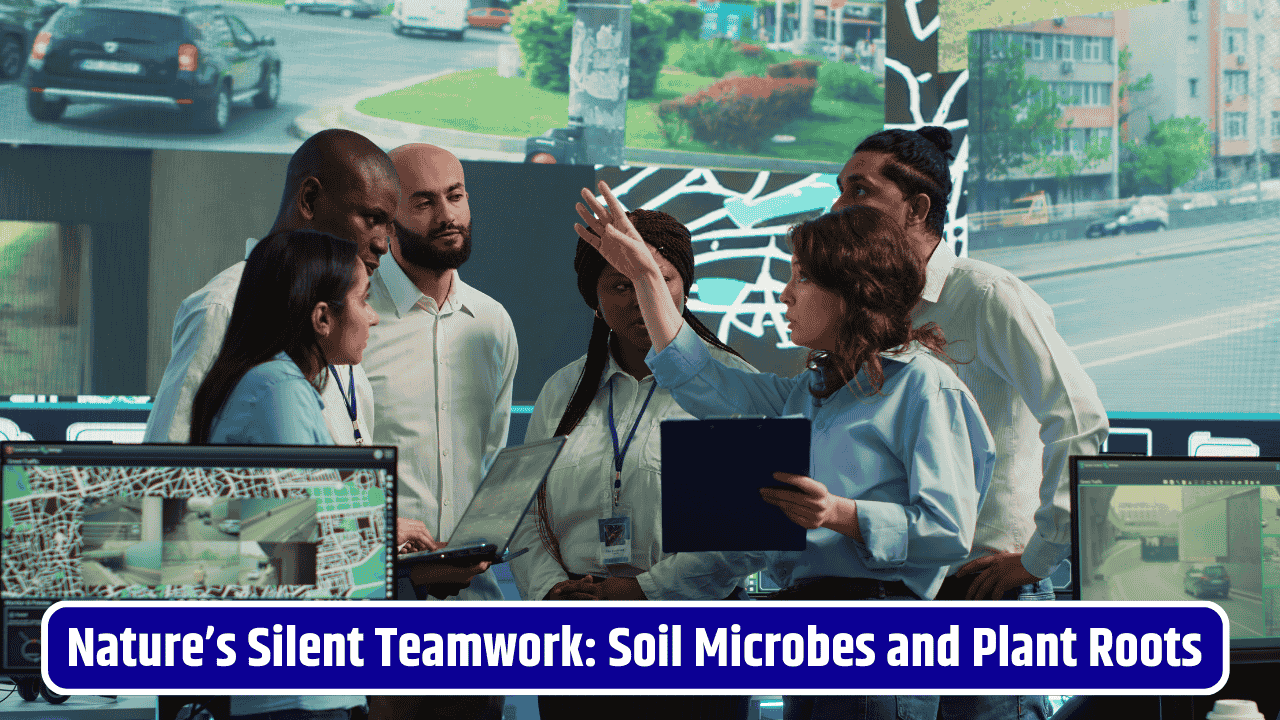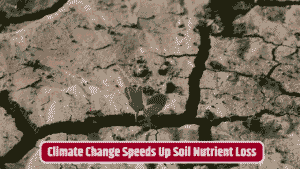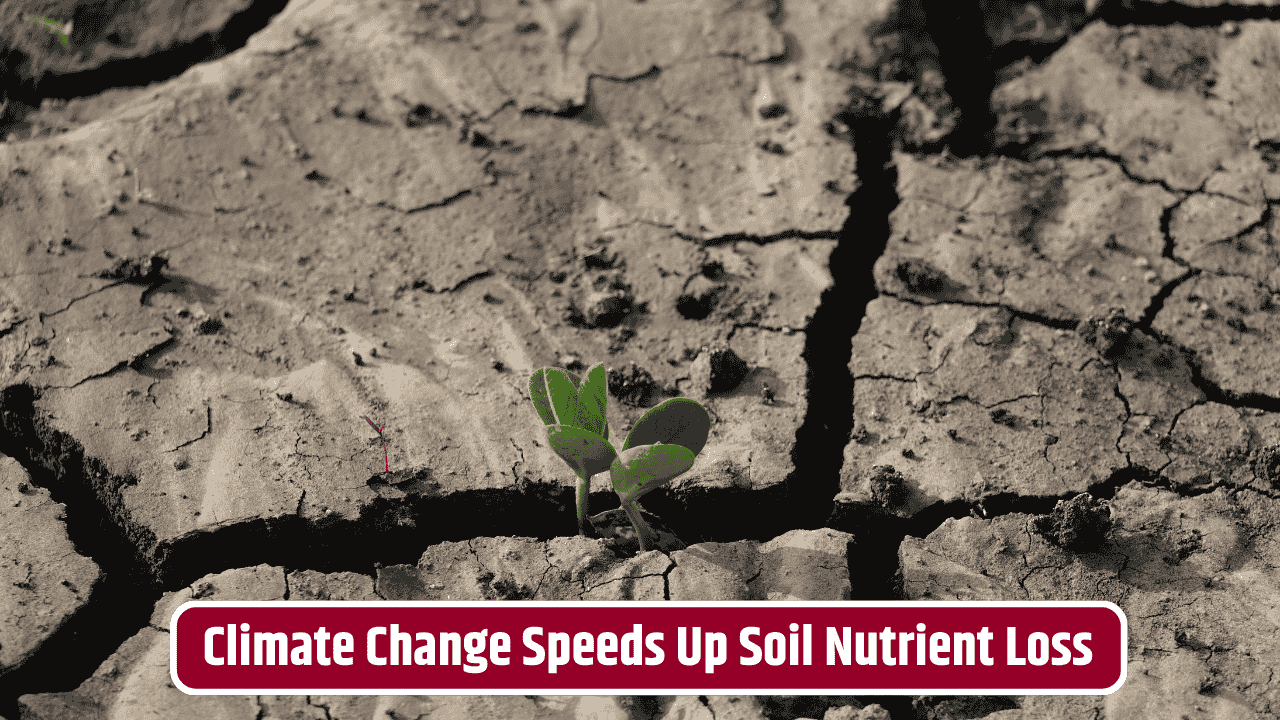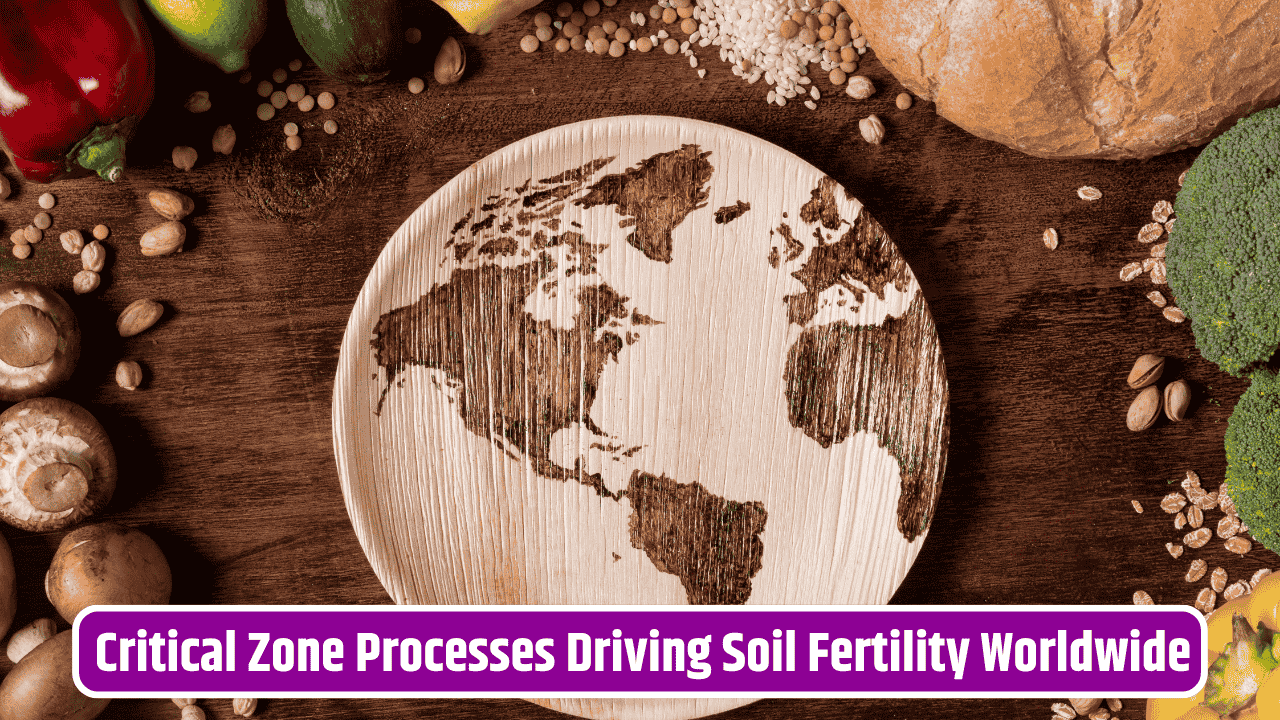If you’ve ever dug your hands into fresh soil, you know it’s alive—literally. Beneath that layer of dirt lies a bustling city of microbes, fungi, bacteria, and plant roots, all working in ways that keep our planet breathing. Without them, we wouldn’t have food on the table or clean air to breathe. Funny thing is, we rarely give them credit. Soil is more than just the stuff we walk on—it’s the Earth’s silent life-support system.
Table of Contents
The Secret World Beneath Our Feet
Plants don’t grow in isolation. Their roots stretch out into the soil, but they’re not just anchoring themselves—they’re communicating, trading, and sometimes even negotiating with microbes. Through a process called the rhizosphere effect, plant roots release sugars, amino acids, and organic compounds into the soil. These secretions attract microbes, almost like setting out snacks at a party. In return, the microbes break down nutrients in the soil into forms the plants can actually use.
It’s a two-way street: plants feed microbes, microbes feed plants. This exchange is what keeps soils fertile without us dumping endless amounts of artificial fertilizer.
Microbial Guardians of the Soil
Soil microbes aren’t just nutrient middlemen—they’re defenders too. Many bacteria form protective shields around roots, blocking harmful pathogens. Some fungi, like mycorrhizal fungi, extend a plant’s root system far beyond its natural reach, helping it draw in water and minerals even in poor soils. Think of them as natural irrigation and delivery systems rolled into one.
Then there’s the role in climate health. Microbes decompose dead plants and animals, recycling carbon and nitrogen back into the earth. Done right, this process locks carbon in soils rather than letting it escape into the atmosphere as greenhouse gases—a big deal for climate change. According to the U.S. Department of Agriculture (USDA), healthy soils can store billions of tons of carbon, acting as one of the largest natural climate regulators.
The Root-Microbe Economy
If you think Wall Street is complicated, you should see the underground economy happening in the soil. Roots give away carbohydrates (produced during photosynthesis), and microbes trade back nitrogen, phosphorus, and other minerals. This trade network—sometimes called the “wood wide web”—connects entire forests. One tree can send nutrients to another via fungal networks, almost like a hidden social safety net for plants.
Here’s a quick look at how this underground economy works:
| Player | Contribution to the Partnership | Benefit Received |
|---|---|---|
| Plant roots | Release sugars & organic compounds | Absorb nutrients like nitrogen & phosphorus |
| Bacteria | Break down organic matter into nutrients | Gain food & shelter from plant roots |
| Mycorrhizal fungi | Extend water and nutrient reach | Receive carbohydrates from plants |
| Decomposer microbes | Recycle dead matter into soil carbon | Energy from decaying organisms |
Why It Matters for Us Humans
Healthy soil isn’t just about happy plants. It’s about food security, clean water, and climate stability. The United Nations Food and Agriculture Organization (FAO) has warned that about one-third of global soils are already degraded. Without soil microbes doing their job, we’d face reduced crop yields, more pests, and worsening climate impacts.
Even in cities, where green patches are shrinking, soil microbes help filter water and break down pollutants. Ever notice how rain smells fresher after falling on a patch of earth compared to asphalt? That’s microbial activity in action.
Can We Protect This Invisible Workforce?
Yes—but it takes effort. Modern agriculture, with its heavy use of pesticides and chemical fertilizers, often wipes out beneficial microbes. Practices like crop rotation, reduced tillage, and adding organic compost can help restore balance. In fact, regenerative farming techniques are gaining ground as a way to rebuild soil health while also fighting climate change.
The challenge? We tend to see soil as endless and replaceable, when in reality, it’s a fragile system. A single teaspoon of healthy soil can hold more microbes than there are humans on Earth. Destroying that ecosystem isn’t just bad farming—it’s self-sabotage on a planetary level.
FAQs
What exactly are soil microbes?
They’re microscopic organisms—bacteria, fungi, protozoa, and archaea—that live in the soil and interact with plant roots.
Do plants really “talk” to microbes?
Yes, through chemical signals and root secretions, plants attract and manage microbial activity.
Can healthy soils reduce climate change?
They can help by storing carbon, but they’re part of a bigger climate solution, not a standalone fix.
What farming practices harm soil microbes?
Overuse of pesticides, monocropping, and deep tilling often disrupt microbial life.
How can I support soil health in my backyard?
Simple steps like composting, reducing chemical fertilizers, and planting diverse species can boost soil microbes.










